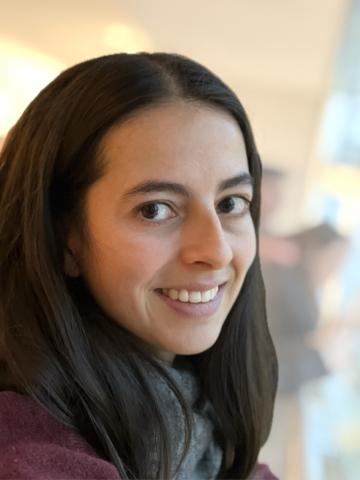Abstract
J Sleep Res. 2025 May 15:e70071. doi: 10.1111/jsr.70071. Online ahead of print.
ABSTRACT
Non-invasive brain stimulation (NIBS) methods carry particular appeal as non-pharmacological approaches to inducing or improving sleep. However, intense research efforts to use transcranial magnetic stimulation (TMS) and electrical stimulation (tES) for sleep modulation have not yet delivered evidence-based NIBS treatments in sleep medicine. The main obstacles lie in insufficiently robust stimulation protocols that affect neurophysiological and self-reported sleep parameters, inadequately controlled-and explained-placebo effects, and heterogeneity in patient populations and outcome parameters. Recent technological advances, e.g., transcranial ultrasound stimulation (TUS) and temporal interference stimulation (TIS), make deep brain structures feasible targets. Real-time approaches, e.g., closed-loop auditory stimulation (CLAS), demonstrate efficacious modulation of different sleep oscillations by tuning stimulation to ongoing brain activity. The identification of sleep-regulatory regions and cell types in the cerebral cortex and thalamus provides new specific targets. To turn this neuroscientific progress into therapeutic advancement, conceptual reframing is warranted. Chronic insomnia may not be optimally suited to demonstrate NIBS efficacy due to the mismatch between self-reported symptoms and polysomnographic sleep parameters. More feasible initial approaches could be to (1) modulate specific sleep oscillations to promote specific sleep functions, (2) modify nightmares and traumatic memories with targeted memory reactivation, (3) increase 'wake intensity' in patients with depression to improve daytime fatigue and elevate sleep pressure and (4) disrupt pathological activity in sleep-dependent epilepsies. Effective treatments in these areas of sleep medicine seem in reach but require rigorously designed clinical trials to identify which NIBS strategies bring real benefit in sleep medicine.
PMID:40370279 | DOI:10.1111/jsr.70071
UK DRI Authors
